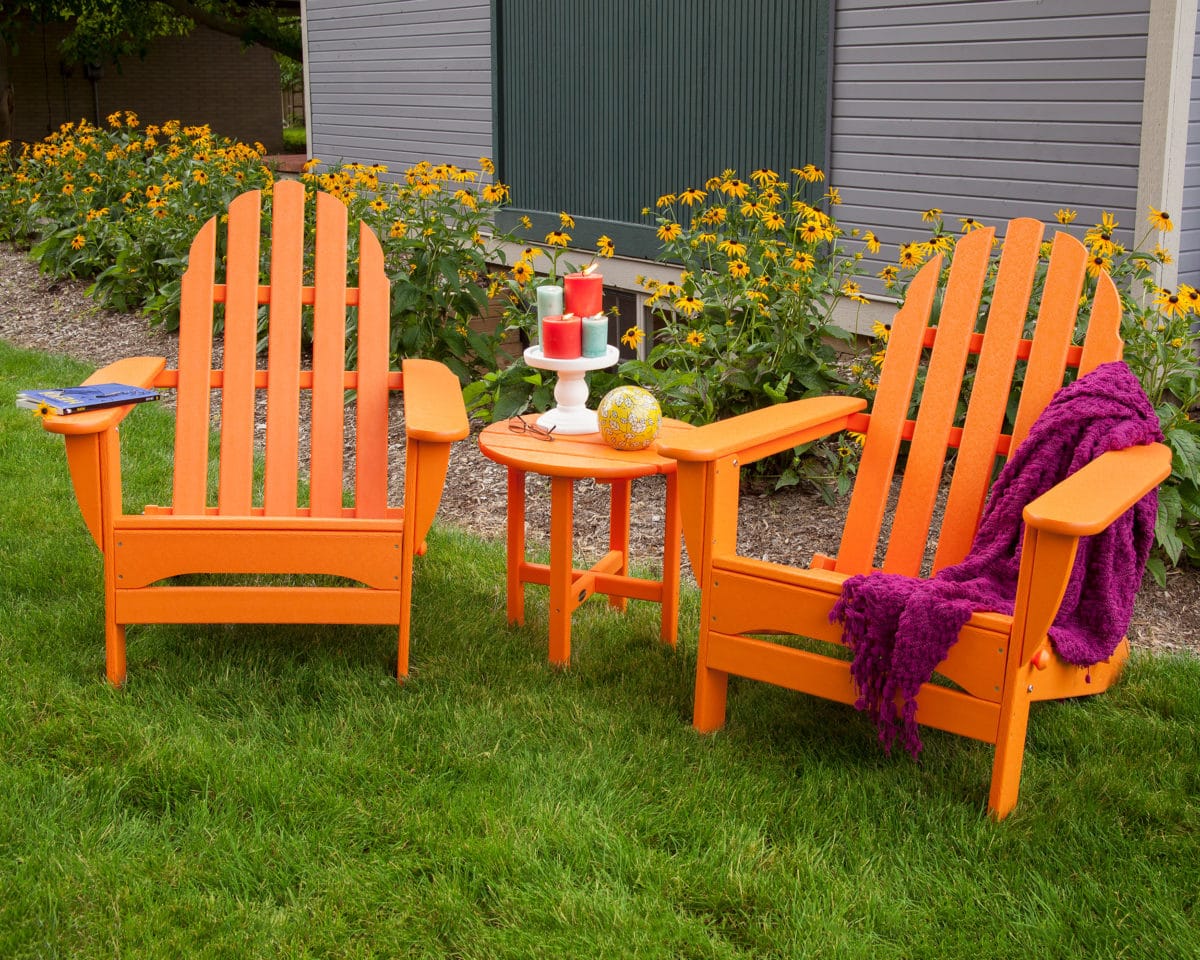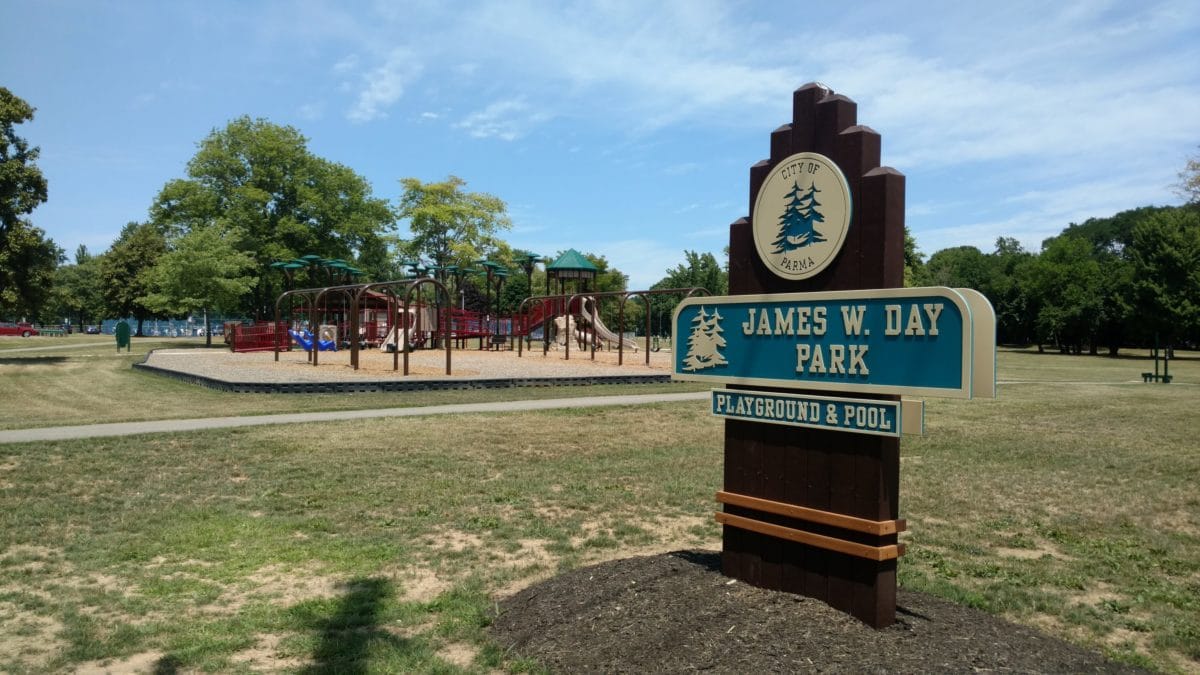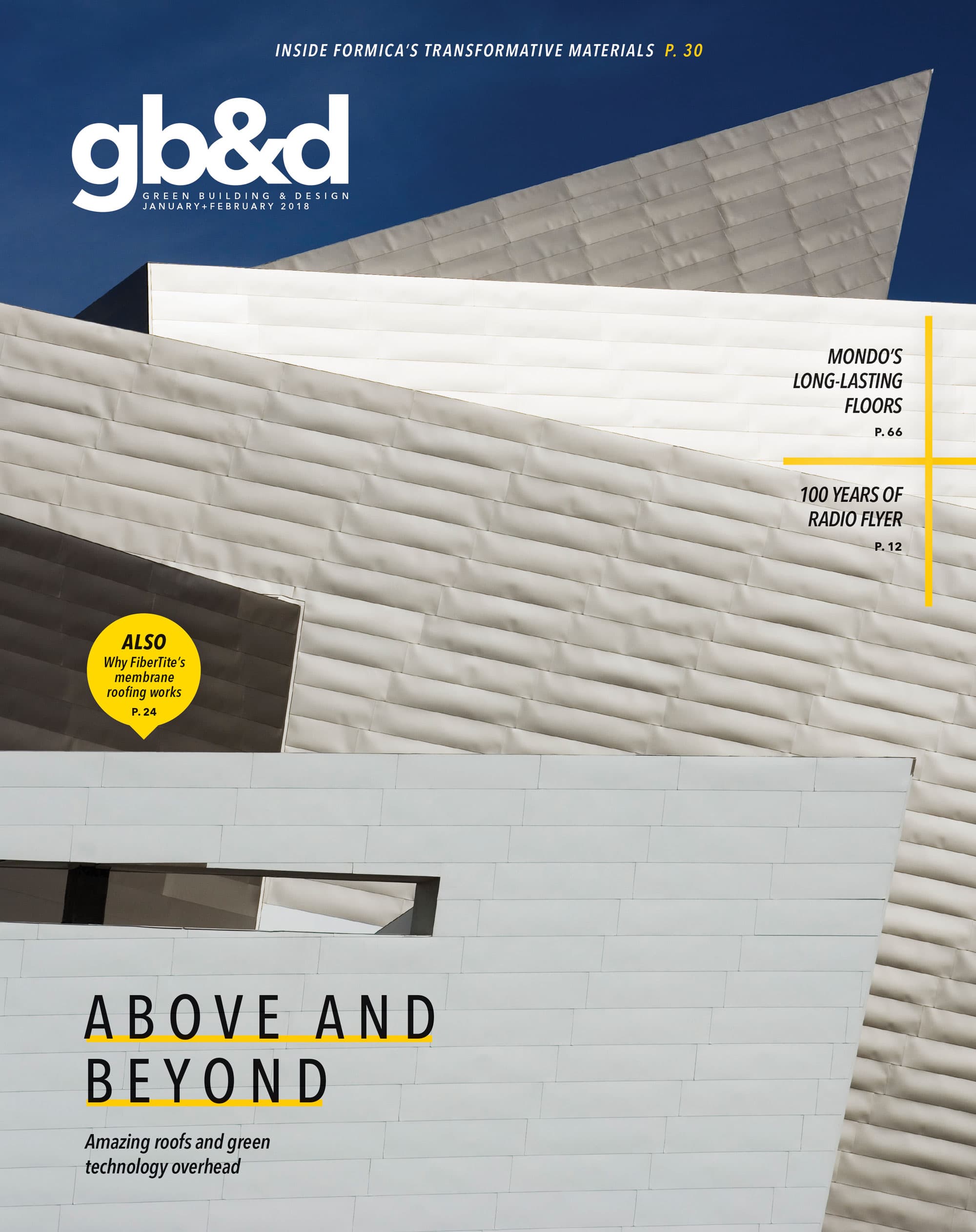
[Photo: Courtesy of Bright Idea Shops]
Bright Idea Shops is known for its sustainable plastic lumber products made from recycled materials.
The first thing Alan Robbins does when he tours a park or job site is look around and ask, “Where’s the recycled content here?” “Many times I’m disappointed because there isn’t any,” he says.
As president of Bright Idea Shops, a sustainable site furnishings company in Akron, Ohio, he’s set out to change that. Robbins’ six-person shop may be small, but its impact is large, as the company creates inviting outdoor spaces that are people-friendly and good for the environment, too.
Founded in 2009, Bright Idea Shops designs, manufactures, and sells high-quality recycled plastic lumber products. Those colorful Adirondack chairs you love so much? Bright Idea Shops resells them as part of its POLYWOOD collection. The six-sided picnic table you easily step into? That’s this outfit, too. The latter is the company’s best seller, so popular in fact that you’ll find more than 150 of them at Yosemite National Park. The inviting conversation piece is easy to put together (12 screws and 12 bolts for typical assembly, while most benches ship fully assembled), not to mention easy to clean—just wipe it down or power wash—in addition to being made of recycled plastic.
These clever solutions require little to no maintenance, meaning you won’t be stuck painting faded furnishings either, nor will you encounter splinters, rot, mold, or rust. “There’s a durability to this material versus wood,” Robbins says, adding that there’s also a lot of variety—in numerous sizes and more than 20 colors.
Site furnishings in the park and recreation industry is 60% of Robbins’ business. And more than 50% of his business is made up of repeat customers. “People are extremely satisfied with our product and its quality, durability, and appearance.”
We recently sat down with Robbins to find out more about how his products are made and what makes their contents special.
FROM OUR JANUARY+FEBRUARY 2018 ISSUE
The preferred publication of leading green professionals.

[Photo: Courtesy of Bright Idea Shops]

[Photo: Courtesy of Bright Idea Shops]
gb&d: Tell us more about the shop and your process.
Robbins: The shop is just like any wood shop, except there’s no wood. It’s a 10,000-square-foot facility with saws, computerized routers, and drill presses, but we use plastic lumber, not wood, and we smooth over the edges with a router for a finished look. We also use an all stainless steel fastener system in the construction and fabrication of our products, so you don’t have to worry about rust.
gb&d: What about the product makeup? What goes into making one of the picnic tables, for example?
Robbins: We work to include as much recycled content in every product we can. Whether you want the hexagonal or traditional style picnic table, our products are made with high density polyethylene (HDPE) plastic lumber with light stabilized pigments and UV stabilizers for decades of worry-free maintenance. This is the same kind of plastic used for milk containers or plastic containers labeled with the number 2 recycling symbol. High-quality plastic lumber is created from only a single type of HDPE plastic stream and contains no fillers. So these tables won’t rot, splinter, or fracture, and mold, dirt, and graffiti won’t stick.
“We work to include as much recycled content in every product we can.”
—
Alan Robbins, Bright Idea Shops
gb&d: Where do your products fit into the history of recycling plastics?
Robbins: Industrial recycling of scrap materials has been going on for a long time, but it wasn’t really until the late ’80s that curbside plastic recycling picked up in the U.S. That was basically soda bottles and milk jugs. From a polymer standpoint, the soda bottle is really interesting, and it had a pretty clear recycling route. It could go into unwoven fibers like those in a winter jacket. But the milk jug wasn’t as straightforward. After new technologies for plastic lumber started coming out of Europe, I also started learning about how to refine the material system and what other opportunities might exist for molded, recycled plastic. Back in the late ’80s there was maybe 1.4 billion pounds of materials going into the milk jugs in the United States. That’s a large quantity that needs to be recovered. My vision was picnic tables, benches, trash receptacles—things in parks.

[Photo: Courtesy of Bright Idea Shops]
gb&d: What is one thing people don’t think about when it comes to something as simple as picnic tables or park benches?
Robbins: Back around 1989 picnic tables were made out of pressure-treated southern pine or redwood materials. Redwood is very expensive wood and environmentally sensitive. It takes a long time to grow a redwood tree. Southern pine was actually grown to make paper—it grew quickly—but if you look at a cross section of the growth rings of a virgin growth, old age timber versus a ranched tree, the growth ring has more spaces. It’s softwood. Softwood has a lot more splitting and insect penetration—the bad things. On top of that, they put a preservative on it—chromated copper arsenate, or CCA, to impregnate the wood and keep termites out. Then they built a picnic table and you and your family sat on it. The industry had to get rid of harmful CCA. It had to.
gb&d: How important is it to you to include recycled content?
Robbins: I’ve been doing this for 30 years, so when people talk about green content—I’ve been doing that for a long time. Our hexagonal picnic table weighs 212 pounds. It comes in various colors, and it’s well crafted with a nice design that’s easy to assemble and add an umbrella. That’s 212 pounds, and there are 6.4 milk jugs in a pound of plastic. Do the multiplication and that’s 1,356 milk jugs to make that one product. That’s 1,300 milk jugs that were going to a landfill that now go to make this product. And that’s just one picnic table. When you talk about the impact of 1,300 milk jugs, that’s a lot of impact.
THE IMPACT
Plastic from 1,356 milk jugs is used to make one Bright Idea Shops hexagonal picnic table. That’s a lot of potential trash kept out of the landfill.
THE GOODS
- Picnic tables
- Park benches
- Waste and recycling receptacles
- Architectural park signage
- Adirondack chairs
- Spa steps
- And more
Learn more about Bright Idea Shops.

